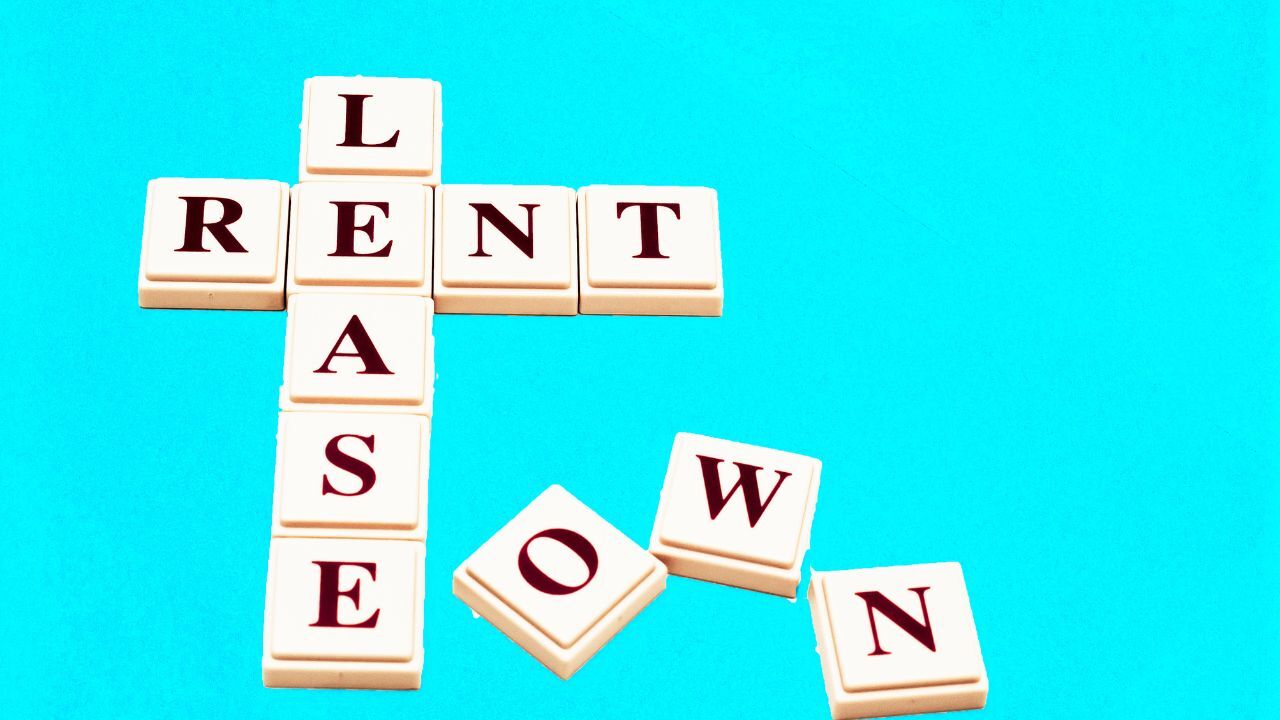 When you are planning to buy a home, there is one number that should never be overlooked: property taxes.
When you are planning to buy a home, there is one number that should never be overlooked: property taxes.
Property taxes can have a big impact on your monthly budget and your long-term costs of ownership.
Whether you are buying your very first home, moving to a new area, or considering an investment property, it is important to understand how these taxes are calculated. Knowing what to expect will help you avoid surprises and give you a clearer picture of what you can comfortably afford.
Property Taxes Explained
At the most basic level, property taxes are based on two things, the assessed value of your home and the tax rate set by local governments.
The Formula Looks Simple:
Assessed Value multiplied by Local Tax Rate equals Annual Property Tax. The complexity comes from how the assessed value is determined, which can vary depending on where you are buying.
Land Value and Structure Value
In many areas, assessors separate the value of the land from the value of the structure. This means your tax bill reflects both what the land itself is worth and what has been built on it. Sometimes land value increases faster than the home itself. That means even if your house does not change, you could see your property tax rise simply because the location is considered more valuable.
Highest and Best Use
Another factor to be aware of is called highest and best use. This means the property might be assessed not only on what it currently is, but also on what it could potentially become. For example, a small home in a growing area could be assessed as if it were a larger development or commercial property. Even vacant land can be taxed at a higher rate if it has strong development potential.
Why Location Matters
Location is a major driver of property taxes. A home or parcel of land in a highly desirable neighborhood or in an area expected to grow quickly can carry a much higher assessment than a similar property elsewhere. Even if you are buying land with no immediate plans to build, the location and its future possibilities can significantly influence your tax bill.
What Buyers Should Do
If you are in the process of buying, do more than just ask about the current tax bill. Look into how assessments are calculated in that area, how often reassessments take place, and whether exemptions or caps are available for primary residences. Keep in mind that taxes are recalculated regularly, so what you pay this year may not be what you pay a few years from now.
Property taxes are an unavoidable part of homeownership, but with the right preparation, they do not need to be a surprise. By understanding how assessments are determined, considering future growth, and asking the right questions before you buy, you can make a smart and confident decision that fits your budget today and in the future.
 When it comes to selling a home, many people assume that success depends on luck, timing, or even the perfect buyer stumbling across the listing. But the truth is, most successful sellers share one common strategy, and it has little to do with home staging, marketing, or even upgrades. The key? Getting the price right from the very beginning.
When it comes to selling a home, many people assume that success depends on luck, timing, or even the perfect buyer stumbling across the listing. But the truth is, most successful sellers share one common strategy, and it has little to do with home staging, marketing, or even upgrades. The key? Getting the price right from the very beginning. What started as a temporary solution during the pandemic has now become a permanent lifestyle for millions of people. Remote work, hybrid schedules, and flexible careers have transformed not just how we work, but how we live. Today’s homebuyers are looking for more than bedrooms and kitchens. They want functional spaces that support productivity, privacy, and comfort. A dedicated home office or flexible space is no longer a luxury, it is a necessity.
What started as a temporary solution during the pandemic has now become a permanent lifestyle for millions of people. Remote work, hybrid schedules, and flexible careers have transformed not just how we work, but how we live. Today’s homebuyers are looking for more than bedrooms and kitchens. They want functional spaces that support productivity, privacy, and comfort. A dedicated home office or flexible space is no longer a luxury, it is a necessity. Moving day can be exciting, but it often comes with a lot of stress and unexpected challenges. Whether you are moving across town or to a new city, careful planning and organization are key to keeping the day running smoothly. With the right approach, you can reduce anxiety and make your move a positive experience.
Moving day can be exciting, but it often comes with a lot of stress and unexpected challenges. Whether you are moving across town or to a new city, careful planning and organization are key to keeping the day running smoothly. With the right approach, you can reduce anxiety and make your move a positive experience. In today’s competitive real estate market, many buyers are faced with the challenge of competing against cash offers. Cash buyers often have an advantage because their offers are faster, less likely to fall through, and more attractive to sellers. However, not having cash on hand does not mean you cannot succeed. With the right strategies and preparation, you can compete effectively and win your dream home.
In today’s competitive real estate market, many buyers are faced with the challenge of competing against cash offers. Cash buyers often have an advantage because their offers are faster, less likely to fall through, and more attractive to sellers. However, not having cash on hand does not mean you cannot succeed. With the right strategies and preparation, you can compete effectively and win your dream home. Searching for the perfect home can be frustrating when nothing seems to check all your boxes. Whether it is location, price, size, or style, the market may not always have exactly what you want at the moment. The good news is there are creative strategies you can explore to find a home that works for you, even if it is not exactly what you initially imagined.
Searching for the perfect home can be frustrating when nothing seems to check all your boxes. Whether it is location, price, size, or style, the market may not always have exactly what you want at the moment. The good news is there are creative strategies you can explore to find a home that works for you, even if it is not exactly what you initially imagined.